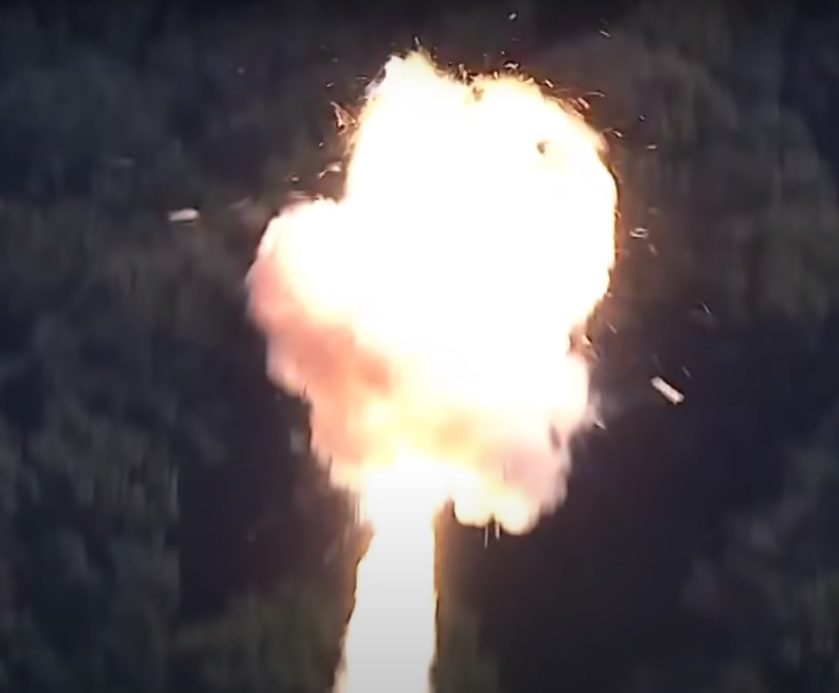Flightglobal Hyperbola previously noted the danger of the Royal Navy having just a two large aircraft carriers given that the new Queen Elizabeth-class may be vulnerable to a new type of satellite-directed ballistic anti-ship missile (e.g. China’s DF-21D). Nevertheless, we did point out that in deciding to change back to the STOVL version of the F-35 strike fighter, the F-35B, the Royal Navy could, at least, spread these fighters around other suitable ships acting as “mini-carriers” to reduce its risk of losing all of them in a single missile or a submarine torpedo attack.
Now it seems, the US Navy, or at least some of its more enlightened officers, have also woken up to the danger of “putting all their eggs in one basket”, or rather, putting all their aircraft on just a few supercarriers. Naval strategy expert Captain Henry J Hendrix, USN, has written a report for the influential Center for New American Security, suggesting that a using a greater number of smaller cheaper aircraft carriers flying both manned aircraft and UCAVs (Unmanned Air Combat Vehicles), supplemented by ship and submarine-launched cruise missiles, would be militarily preferable and more cost effective than using just a few very expensive supercarriers. See the report here: :http://www.cnas.org/files/documents/publications/CNAS%20Carrier_Hendrix_FINAL.pdf



